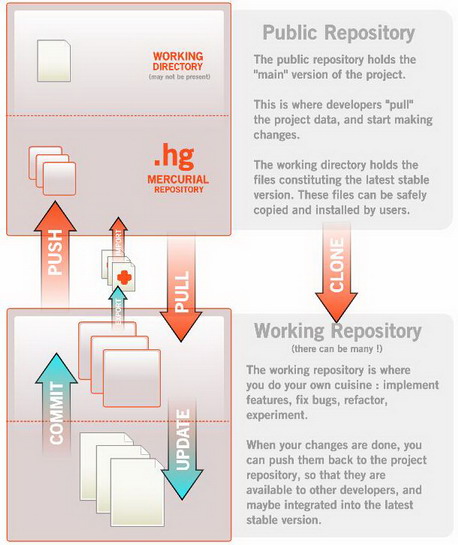 If you are used to the Subversion way of doing things, branches tend to have more or less the same content/code, obviously with a few changes as the development progresses.
If you are used to the Subversion way of doing things, branches tend to have more or less the same content/code, obviously with a few changes as the development progresses.
But in Git one can store content that is completely different from the content in a branch.
Now you might wonder why one would want to do that. But I guess there are some reasons for it. For example, I believe the Git repository itself has a TODO branch that allows developers to keep notes on what needs to be done in the future, but does not contain code. That way notes are versioned as well.
The thing about Git is that it allows for easy setup of such not-ordinary uses of a version control system — I think that is what gives it “more legs” over other DVCSs. And why one should look at using Git over other DVCS systems.
Have a look at this screencast that takes one through how to create such branches — also referred to as “empty branches” because one creates an empty branch, and then fills it with other content that does not relate to the master branch.
But if you want to create a branch like that, you can use the following code that I found buried in one of the comments on the screencast.
git symbolic-ref HEAD refs/heads/newbranch rm .git/index git clean -fdx <<<< do your work >>>> git add your files git commit -m 'Initial commit'
Just gotta love Git.


